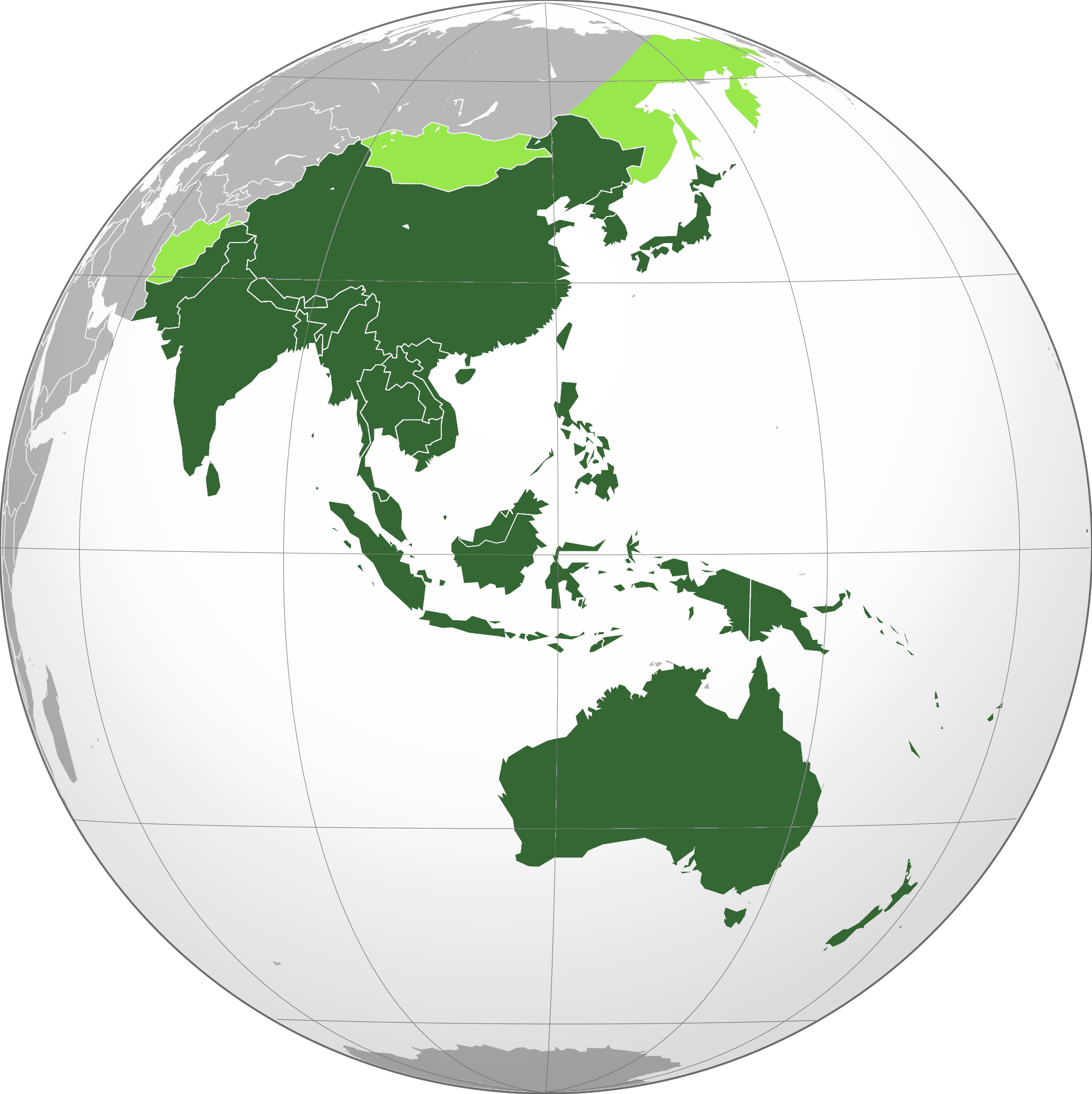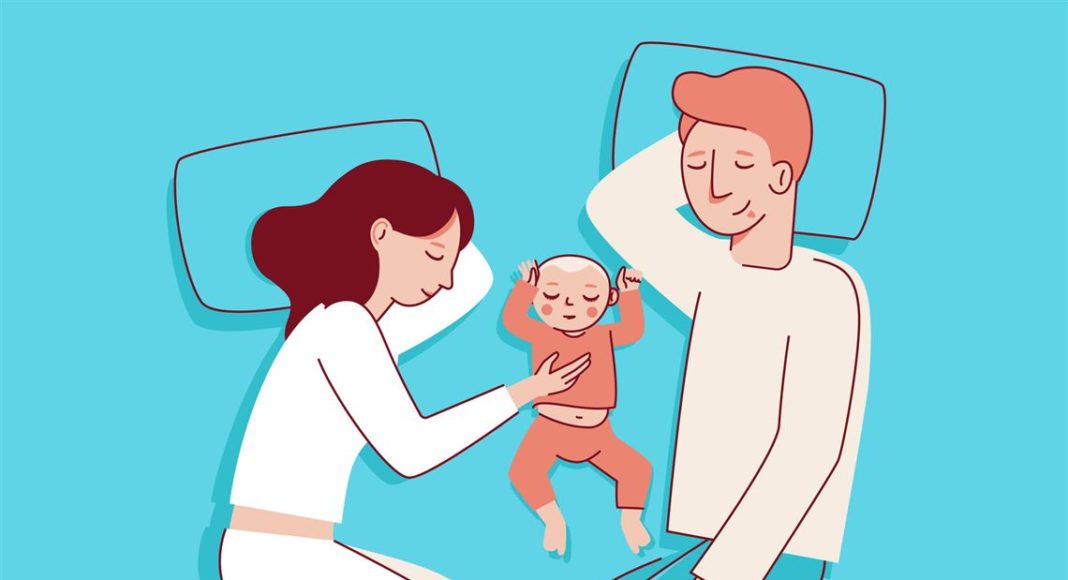Maternity Leave and Maternity Benefits in the Asia Pacific

Every country has its own unique set of labor laws that they pertain to and apply.
If you’re a pregnant working woman, you’re immediately eligible for the right of maternity leave and maternity benefits.
Maternity leave is a right (or even obligation) to working mothers for a certain period of time pre-childbirth and post-natal.
International Labor Organization (ILO) already established an international agreement of labor policies. The relevant ones (taken from Maternity Protection Convention No. 183) include:
- Providing at least 14 weeks of maternity leave to women and at least two thirds of pay for the maternity benefits
- Cash benefits to ensure the child to grow up in proper conditions
- Free medical care and coverage of medical expenses
- A paid daily break dedicated to breastfeeding
ILO’s convention should apply to every country including countries in the Asia Pacific.
But because ILO’s labor policies agreement acts as more of a measure of standard rather than rules, there are still many countries that don’t always follow ILO in their own countries’ labor law.
Thus it comes to a need in which we review the maternity leave in Asia Pacific countries side by side.
Then we can see their comparison based on the length of days and how much do the benefits cover.
Read on for our compiled data of maternity benefits and paid leave in the Asia Pacific throughout the countries:
1. East Asia (not including Hong Kong, Macau, North Korea, and Taiwan)
China
Female employees have no less than 90 days of maternity leave. During the leave, employees are eligible to receive an allowance if she’s covered by maternity insurance. Otherwise, the employers will pay full wages to the employees. This also includes other medical expenses related to childbirth such as miscarriages and abortion.
Japan
Maternity leave in Japan is 14 weeks in total, with 6 weeks given before childbirth and 8 weeks following after childbirth. While generally, maternity leave is a paid leave, if the work contract doesn’t state that the employer will provide pay, they’re not obliged to paying for maternity leave. However, paid maternity leave will cover the full wages. Moreover, working mothers are able to receive childcare benefits from the government that includes a cash allowance benefit for childbirth and being exempt from social insurance.
Mongolia
In Mongolia, employees can take up to 120 days or 3 months of maternity leave. There will be benefits that cover 70% of their pay that is the average salary of the last 12 months. Social insurance programs in Mongolia will cover and give the pay to the employees.
Korea
Maternity leave for employees is 90 days that covers 45 days before childbirth and 45 days after childbirth. In Korea’s Labor Law, maternity benefits cover full wages excluding bonuses and overtime pay given for the first 60 days by the employer. The employer then pays for the rest 30 days using the Employment Insurance Fund subsidized by the government.
2. South Asia (not including Bhutan, British Indian Ocean Territory, India, Maldives, Nepal, Sri Lanka)
Afghanistan
Afghanistan’s women workers can take up to 90 days or 3 months of paid maternity leave that is used before and after childbirth. In case the children are twins or more, there’s an additional extension of 15 days paid leave. The benefits will pay the full salary and will cover medical expenses based on hospital certificates.
Bangladesh
Employees may have up to 8 weeks of paid leave before childbirth and 8 weeks after childbirth. During maternity leave, the employer is liable for the payment of maternity benefits. The amount of benefit is the average wages payable at daily, weekly, or monthly incomes. Moreover, the employer is obliged to not force pregnant employees to work for long hours and should pay additional pay on top of the maternity benefit.
Pakistan
In Pakistan, several laws divided according to the regions or territories dictate different labor laws. In Punjab, Khyber Pakhtunkhwa, Balochistan, and Islamabad Capital Territory, employees have the right to 12 weeks of paid maternity leave. But in Sindh, employees have the right to 16 weeks of paid maternity leave. Employees Social Security Institution will cover full wages during maternity leave.
Iran
Iran gives the right to women workers for 90 days of paid maternity leave. 45 days is to be used after childbirth if possible. In the case of twins, the leave will extend to 14 days. Social Security Organizations Act is the one that covers full pay to the employers with provisions.
3. Southeast Asia (not including Brunei Darussalam, Christmas Island, Cocos Islands, Laos, and Timor-Leste)
Cambodia
National labor law in Cambodia states that employees are entitled to 90 days of maternity leave. After the childbirth and for the first two months, they are only to be tasked with light work. The employer must pay the maternity benefits that cover 50% of the employees’ wages including the perks or other benefits.
Indonesia
In Indonesia, employees have the right to 3 months of maternity leave. Those 3 months are to be used half a month for pre-childbirth and half a month after childbirth. The employers are liable to pay the employees’ wages in full during the maternity leave.
Malaysia
Malaysian working mothers are entitled to 60 consecutive days of maternity leave. The employees may extend the leave but the rest of the days will count as unpaid leave. The maternity leave only applies to the first five children and the benefits are covered in full payment by the employers.
Myanmar
According to their Leave and Holidays Act, employees are entitled to 14 weeks of paid maternity leave. The leave is divided into 6 weeks before childbirth and 8 weeks after childbirth. It can be extended for 4 more weeks in case of twins and 6 weeks in case of miscarriage. During maternity leave, employees that contribute to the Social Security Fund are entitled to an additional leave and other benefits too. They are also given maternity benefits that cover their full wages by the Social Security Fund.
Philippines
Every Philippines’ working mother is entitled to 105 days of paid maternity leave in which they’re eligible if they’ve made a contribution to the Social Security System for 12 months.
Singapore
Singapore provides the right to 16 weeks of paid maternity leave for more than 3 months prior to childbirth for Singaporean citizens. For the first two children, there are maternity benefits given by the employers and the government. For the first 8 weeks, the employer must pay the usual monthly salary and the additional 8 weeks are reimbursed by the government.
Thailand
As of 2019, employees in Thailand are entitled to 98 days of maternity leave. It’s mandatory for the employer to pay the maternity benefits (full pay) for the first 45 days of the leave period. Social security will give 50% pay for the rest of 45 days to the employees. Thailand only allows paid maternity leave for the first two children.
Vietnam
An employee is entitled to maternity leave depending on the pregnancy days they’re in. One to three months of pregnancy guarantees 20 days’ leave. Three to six months guarantee 40 days leave. While pregnancy over six months guarantees 50 days leave. Employees will receive the full payment of their average salary as maternity benefits. After childbirth or child adoption, employees are eligible for benefits in the form of a lump-sum allowance that totals of common minimum salary.
4. Others
Papua New Guinea
Papua New Guinea’s employment act gives the right to working mothers of six weeks of maternity leave. However, there is no labor law that states the mothers will get any benefits or pay during their leave.
Uzbekistan
Uzbekistan’s labor law states that female employees have the right to take a maternity leave of a total of 126 days. 70 days of leave is used before childbirth and 56 days is used after childbirth. Employees will receive their normal salary (full pay) from their employers who are reimbursed by Social Security Fund.
What’s important to note
- The longest paid maternity leave in Asia Pacific goes to Uzbekistan in Central Asia. The employees have 126 days or 18 weeks of maternity leave.
- The shortest paid maternity leave in Asia Pacific goes to by Papua New Guinea (6 weeks or 42 days), followed by Malaysia (60 days or 8.5 weeks).
- Out of 18 countries, only Papua New Guinea that hasn’t implemented paid maternity leave in their labor law.
- Out of 18 countries, only 7 countries adhere to ILO Maternity Protection Convention of providing at least 14 weeks (98 days) of maternity leave. But there are some countries that come near 14 weeks that gives an average 90 days maternity leave.
That’s the review of each individual’s country maternity leave and benefits in the Asia Pacific. Compared to the old labor law, countries have been making efforts to extend the paid leave and give more benefits to working mothers.
However, there should be an extra effort into providing maternity leave because women are still struggling in the economy.
The proves are that in the Asia Pacific alone, there are still many countries that don’t follow the maternity convention set by ILO. Moreover, there are still countries that do not provide maternity benefits or paid leave to female employees.
By not giving women the right care and treatment for their pregnancy, it can lead to a decrease of capable female workers, an increase in mortality rate, and also children that don’t grow up in healthy conditions.
Hopefully, you’ll find these comparisons interesting and thought-provoking and can enlighten you more, regardless of your sex.
If you are looking for a job in Asia after looking for maternity benefits in Asia countries, you can visit our top career platform in Asia: 9cv9.
You might also want to read:
Effective Company Culture: 4 Tips on How to Build It
Things You Can Do If You Are Retrenched































![Writing A Good CV [6 Tips To Improve Your CV] 6 Tips To Improve Your CV](https://blog.9cv9.com/wp-content/uploads/2020/06/2020-06-02-2-100x70.png)


